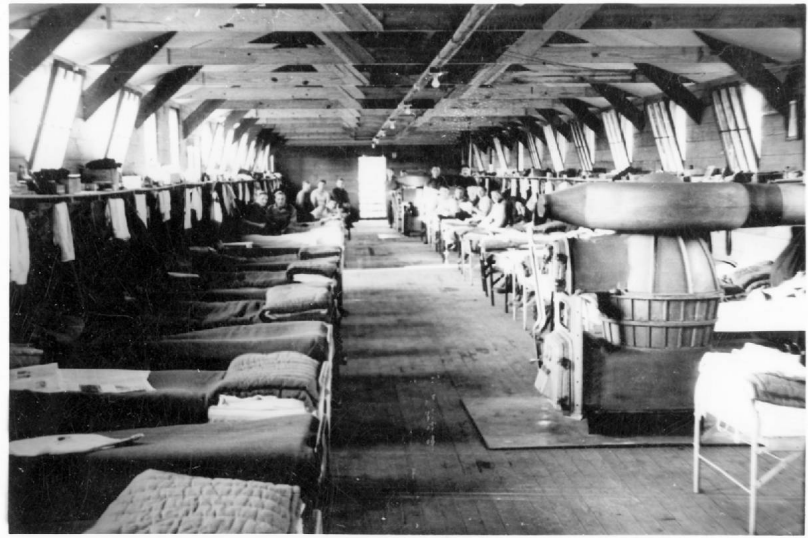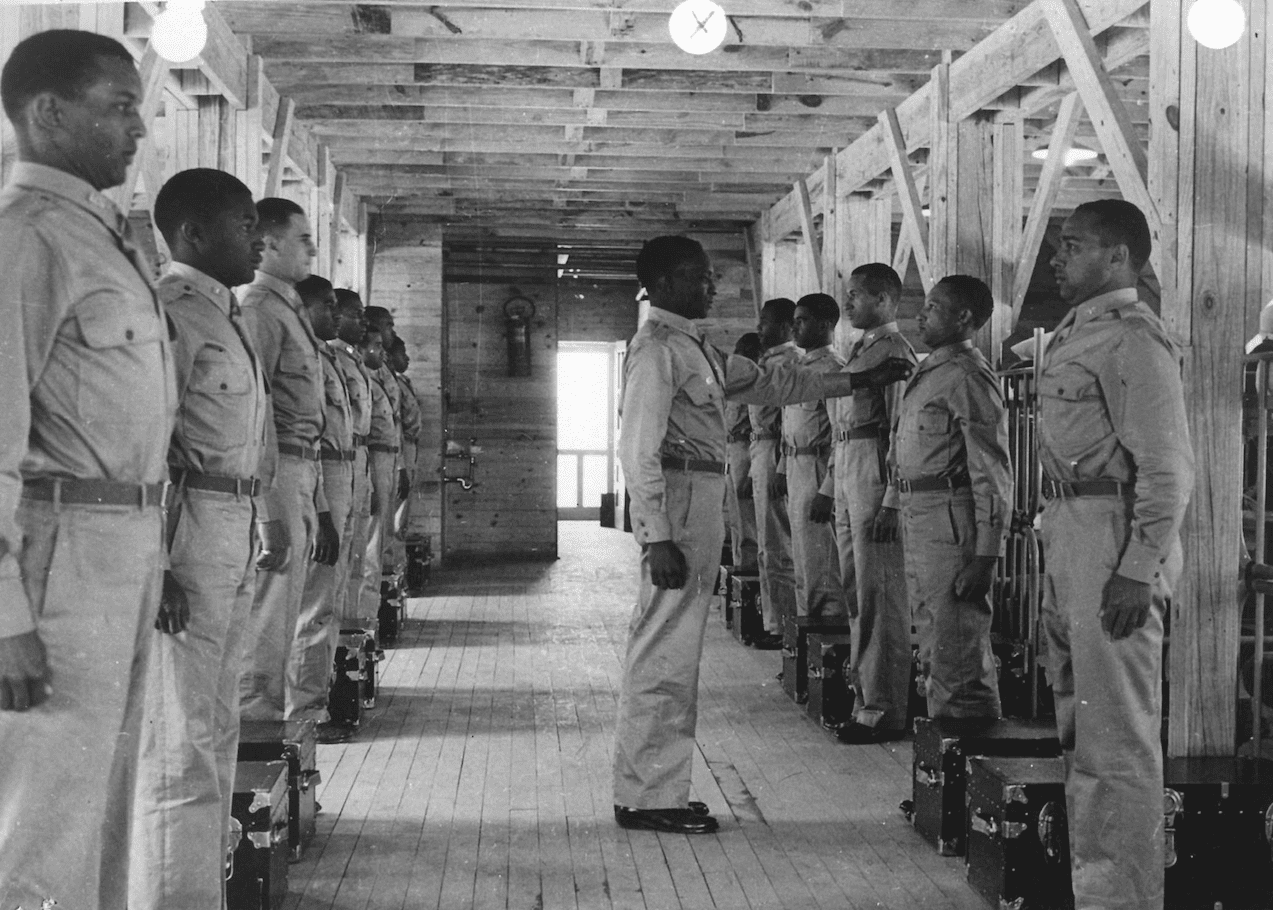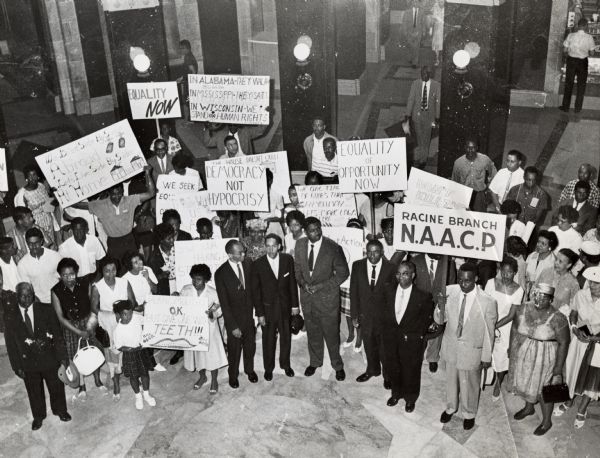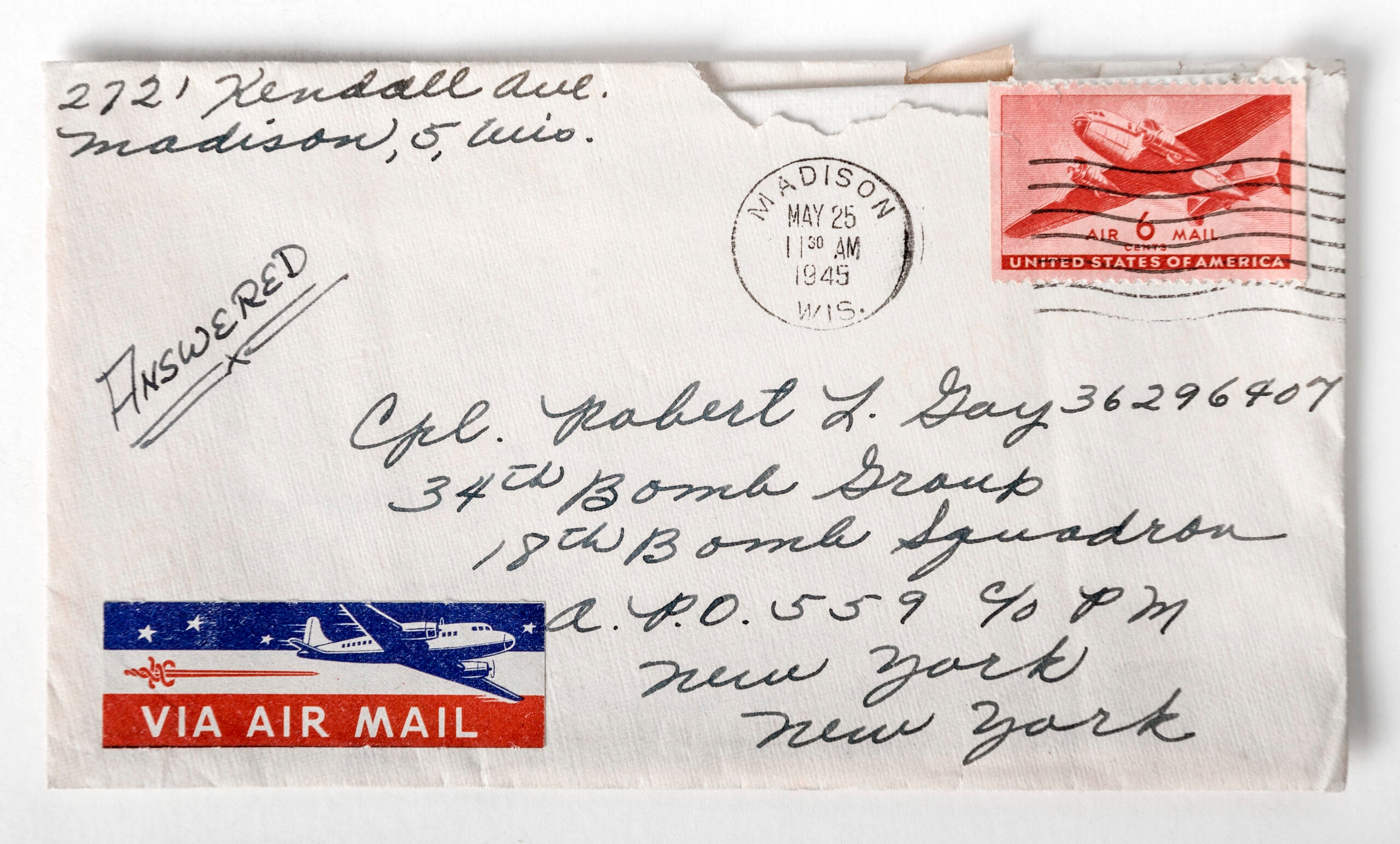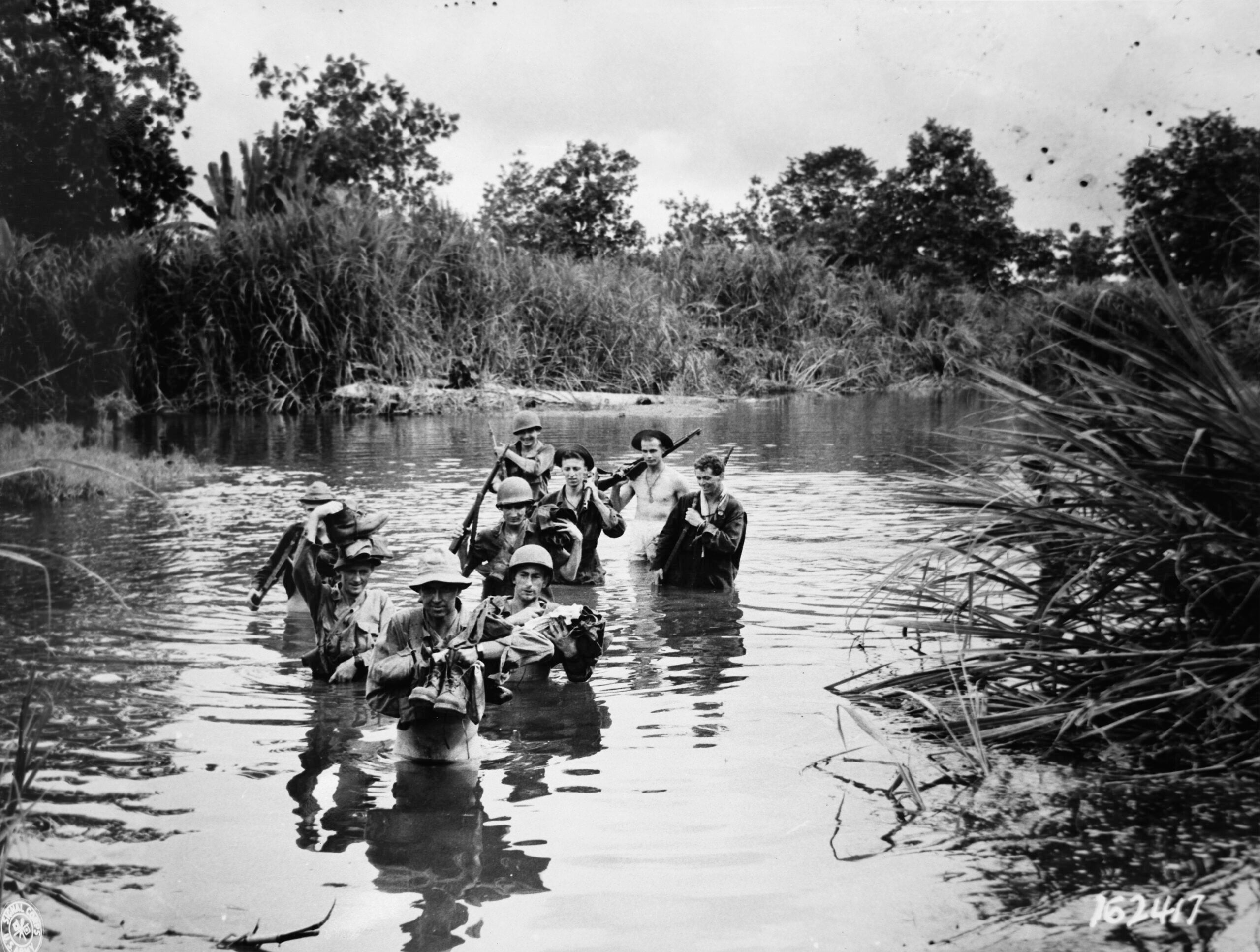With the return of Donald Trump to the White House, much discussion has centered on potential foreign policy changes.
Many of the current U.S. alliances stem from the aftermath of World War II and the Cold War. But the number of people who remember those days firsthand, including part of that history that happened right here, has diminished, and with it, some of our local history.
“There were over 35 prisoner of war camps set up in Wisconsin in 1943,” explains Pam Ekholm of the Wisconsin Historical Society. That included Bayfield, where businessman D.S. Knight made an agreement with the military to bring German prisoners of war to work on local farms and at a bean cannery.
Stay informed on the latest news
Sign up for WPR’s email newsletter.
Ekholm will be speaking on the topic at the Richard I. Bong Veterans Center in Superior on Thursday, Nov. 21 at 6:30 pm. She spoke with WPR’s Robin Washington on “Morning Edition” about the history.
This interview has been edited for clarity and brevity.
Robin Washington: Why was Wisconsin chosen for the camps?
Pam Ekholm: There were camps around the country. Wisconsin was chosen because the Army had Camp McCoy, near Tomah. The buildings were there and they didn’t have to construct anything.
There was also a demand for labor. When our guys went to serve the country, it left the elderly, women and children to take care of the fields. And the war also needed women in factories, like Rosie the Riveter. So that didn’t leave anybody to take care of the crops.
The Geneva Conventions allowed for prisoners to work as contract labor. They would get 80 cents a day, in scrip, which was only good at the canteen because they didn’t want them to have money.
RW: I’m imagining most Americans don’t know too much about prisoner of war camps, let alone in World War II. If anything, it’s influenced by “Hogan’s Heroes,” where the prisoners are running the show. What was their life really like? Would they all go to work, or would some of them just stay in the barracks?
PE: The officers did not have to work. Of the soldiers, not all of them followed the ideology of Hitler, and it didn’t take the government too long to figure out which ones were true Nazis. They set up a camp in Oklahoma for Nazis, who were kept out of the rest of the population.
RW: Were there Japanese or Italian prisoners here?
PE: Yes. The Japanese were segregated from everybody else and they did not work on the farms.
For the German workers, Knight would make contracts with farmers who would tell him how many men they needed for how many hours a day. They would get a sack lunch and often the farmers would feed them lunch or offer them a beverage.
RW: Were Wisconsin’s demographics part of the reason it was chosen? We do have a German population, so perhaps the farmers spoke German. And were there relationships, like in the novel, “The Summer of My German Soldier?”
PE: At first, when the public found out they were coming, they were very nervous about having POWs right next to them. But as they got to work in the fields, as you said, there were a lot of German folks who still spoke the language, so they would converse with the prisoners to find out about conditions in Europe.
RW: The book I mentioned is supposed to be an autobiographical romance set in Arkansas. In the South, especially among Black Americans, I understand there was concern that the German POWs were being treated better than they were. Were there any complaints like that up here?
PE: At this time, America was struggling. There were rations everywhere and people would go by and see these prisoners playing soccer at their camp.
They all looked healthy and fit out there, and people were amiss — like, “We don’t even know where our husbands and sons are. These guys have lots of liberties.” So the government actually had to issue a statement telling them we need healthy prisoners for the labor. If we have a sick prisoner, it costs the treasury more money.
RW: When were they shipped back?
PE: It looks like 1946. No prisoners stayed here. About 1 percent of the prisoners did try to escape, but they were rounded up pretty quickly. They had no money and nowhere to go. And it was usually for love.
RW: So “The Summer My German Soldier” was not entirely fiction. What’s the legacy of this history?
PE: I think it’s important to know that this is part of how we made our way through the war. How we saved our agriculture and our economy at the time. And so just because things look bleak, there is a way to get it done. But you have to follow the rules and the Geneva Conventions.
If you have an idea about something in northern Wisconsin you think we should talk about on “Morning Edition,” send it to us at northern@wpr.org.
